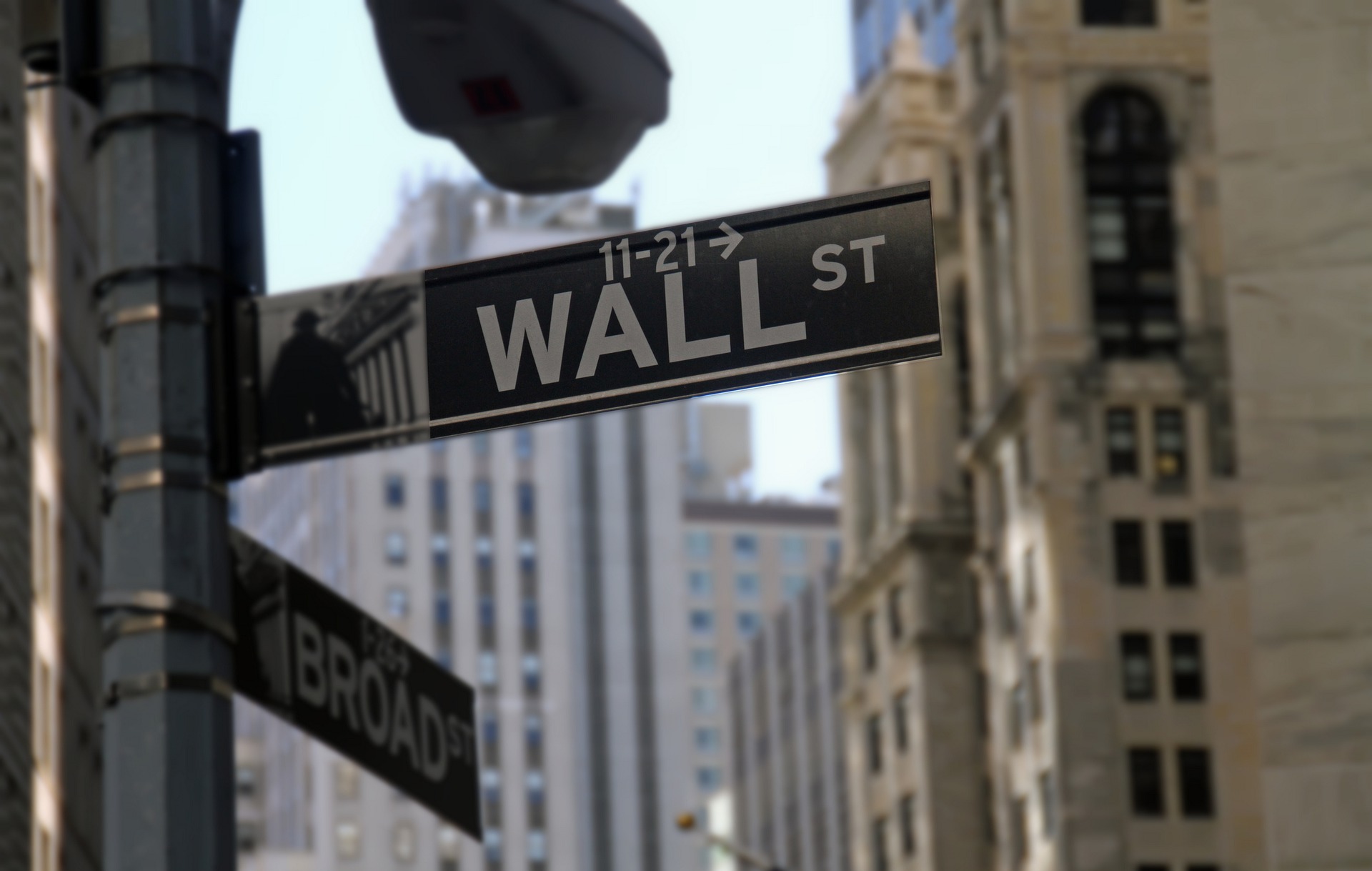CAMBRIDGE, England (Project Syndicate)—Until this year, inflation in advanced economies like the United States and the United Kingdom had been so low for so long that one needed to be well into middle age to remember what living through the price surges of the late 1970s was like. It was bad. Annual consumer price inflation in the U.S. peaked at 13.5% in 1980, while in the U.K. it hit 24.2% in 1975 and, after a dip, rose again to 18% in 1980.
But the headline numbers do not reveal the toll that high inflation takes. Nor does a reasoned economic assessment of its costs, including the distortions that arise when surging prices interact with the tax system, the erosion of households’ savings, or the effect of the resulting uncertainty on investment and growth.
“ Few emotions are stronger than the fear and anguish a parent feels about not being able to provide their children with food and shelter. ”
Economists point out that increases in the inflation rate have a redistributive effect because they harm savers but benefit borrowers by reducing their debt burden in real terms. But that is cold comfort to people with large mortgages who now face the highest interest rates—and hence demands on their disposable income—in recent times.
Tone-deaf policy makers
This redistributive effect makes the policy response to inflation unavoidably political. Here, the Bank of England has sounded tone deaf in repeatedly calling for people not to ask for inflation-matching pay rises. U.K. households’ median annual disposable income is about £31,000 ($37,305) at a time when energy bills NG00, +1.56% BRN00, +2.59% are predicted to rise to more than £4,000 per year from January, up from £1,400 in October 2021, and food prices have increased by nearly 10% in the past 12 months.
The BOE’s fear of a wage-price spiral is rational. But rational economic assessments fail to consider the emotional consequences of high inflation. This is more readily understood in the case of hyperinflation. Germany’s experience of it in the 1920s is widely regarded as having contributed to social instability, and to have had an impact on economic policy-making that continues to this day.
But even lesser inflationary episodes like that of the 1970s leave emotional scars. I was a teenager back then, and vividly recall my mother’s palpable anxiety about being able to afford the weekly food bill. She had a cupboard where she stored cans or dry goods bought on special offer, a kind of savings account for feeding the family. I have a similar cupboard at home even today, and have also inherited her obsession with turning off lights and keeping the thermostat down. These habits will stand my family in good stead in 2022 and 2023, but they predate the current crisis, reflecting the imprint of my mother’s fears.
Today’s inflation is far outside recent experience. People long thought that prices of everyday goods such as clothing, food, appliances, or housewares were more likely to fall than to rise—a feeling perhaps more salient than the price increases for services such as transport and insurance.
Today, however, there are reports of increased demand at food banks in both the U.S. and the U.K., and greater use of cash as people try to budget more carefully. Never mind what this says about whether the economy is in recession; few emotions are stronger than the fear and anguish a parent feels about not being able to provide their children with food and shelter.
A deeply anxious generation
This nonmonetary cost of surging inflation follows hard on the heels of the very different but similarly wrenching experience of the COVID-19 pandemic. How will an economically harsh winter affect young people who have already spent the best part of two years cut off from their peers by lockdowns and had their education disrupted? A deeply anxious generation is being molded before our eyes.
Recognizing the emotional costs of today’s inflation leads to two conclusions. One is that the political response is more challenging—and more important—than getting the economics right. Although economists’ advice will certainly be important in trying to limit this inflationary episode, we are the support act. Politicians might sensibly opt for policies (such as budget-busting fiscal assistance to distressed households, or intervention in price-setting) that prevailing economic orthodoxy would rule out.
Economic efficiency is not the top priority in a crisis. That is why cautious economy ministries should now be planning rationing schemes for certain energy and food items in case such measures are needed (as they were for gasoline RB00, +2.73% in the U.S. and the U.K. in the mid-1970s).
A new consensus on economics
The other conclusion is that this period will likely have important social consequences. Since the end of the mid-1980s, the West has experienced nearly four decades of globalization, underpinned by a political philosophy that emphasized market forces while sharply distinguishing between state and economy.
The terms of social consent for business are changing fundamentally, owing to the 2008 global financial crisis, the pandemic, and now the cost-of-living crisis. Most politicians appear not to have recognized or articulated this yet. But the idea that footloose global profits, bonuses for the high-paid, and share buybacks can continue will soon collide with reality. The only question is what form the transition to the new consensus will take.
Diane Coyle, professor of public policy at the University of Cambridge, is the author, most recently, of “Cogs and Monsters: What Economics Is, and What It Should Be” (Princeton University Press, 2021).
This commentary was published with permission of Project Syndicate—Inflation’s Emotional Scars
More insights from Project Syndicate’s experts
Joseph Stiglitz: Why the Inflation Reduction Act is a very big deal for Americans
Nouriel Roubini: With the global economy squeezed from all sides, the Great Stagflation has arrived
Daron Acemoglu: Green tariffs are now our best hope of beating climate change

